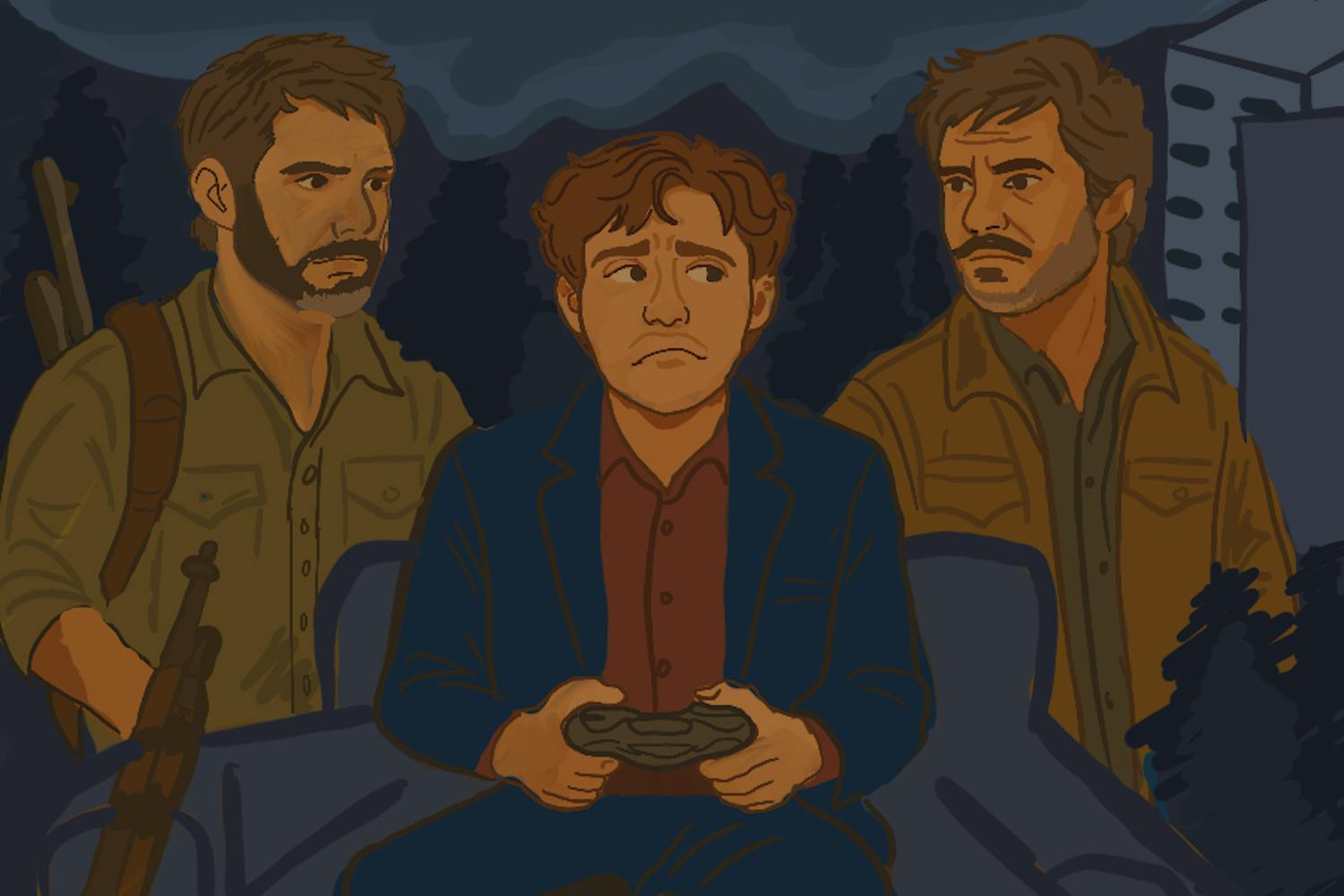WARNING: This blog post contains spoilers.
In an era where fairy tale remakes run rampant over popular culture, an interesting contrast has appeared which shows the evolution of the female villain since the days of Snow White and Cinderella. As these tropes are being resurfaced by shows like "Once Upon A Time" and the recent fairy tale movie remakes, from "Hansel and Gretel: Witch Hunters to Snow White and the Huntsmen," the progression in the writing of these characters is profound. The modern era has brought a new style of evil females to the forefront, and the change is more than welcome.
Characters like "Game of Thrones'" Cersei Lannister, in comparison with the “evil queen” stereotype of shows and films such as "Once Upon A Time" and "Maleficent," show a progression from cold, overly intimidating female villains with little motivation besides power to three-dimensional villains with clear driving forces and vulnerabilities much more in tune with perceptions of modern femininity.
While 99 percent of Cersei Lannister’s actions are indisputably despicable, it became especially clear with the death of her eldest son, Joffrey, that Cersei’s evil appearance was covering up for an extremely vulnerable woman out to protect her own at all costs. This prominent facet of her character sets her far apart from traditional female villains like "Snow White’s" Evil Queen and "The Little Mermaid’s" Ursula — who both appear to be driven entirely by their want for power or, in even more distressing cases, just for the sake of their own “evil-ness.”’
It becomes clear that Cersei’s love and devotion to her family, especially her children, is the driving force behind her quest for power. In order to protect them, she will go to any lengths, from having her own brother viciously prosecuted in a vain attempt to gain justice for her murdered son to commanding her other brother to push a young child, Bran Stark, out of a tower window in an effort to protect the secrecy of their incestuous love, and therefore their family’s honor.
Nearly every one of Cersei’s actions is severely misguided, but the roots of legitimate, relatable motivation that guide her character’s development allow viewers to empathize with her despite their disgust for her cruel behavior, something that is nearly impossible to feel for the one-dimensional villains of the past.
Cersei also bucks tradition in the fact that she is indisputably gorgeous and uses her sex appeal to gain and keep power with near constancy throughout the show’s five seasons, something that is a stark difference from the evil, wart-covered villianesses of fairy tales. By allowing for a beautiful primary villain, "Game of Thrones" proved that evil can be fabulous again, and that beauty does not always allude to pureness of heart as more Disney-esque tales lead their consumers to believe. This "beautiful evil" allows the humanization of Cersei, rather than making her a character of her own badness.
This development shows an equalization of the treatment of female characters in television somewhat, and Cersei Lannister is a key example of the new style of vulnerably fierce female villain that will hopefully continue to be seen in popular culture for years to come.
Reach the reporter at ezentner@asu.edu or follow her on Twitter @emilymzentner.



